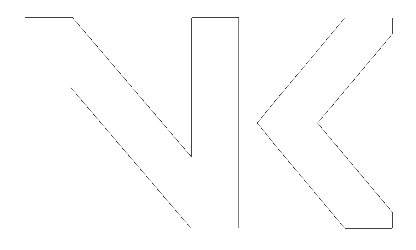(Originally published on MacPhail Center for Music's Music Learning Lab blog)
During a recent presentation on grantwriting I gave at MacPhail Center for Music, I acknowledged that for many artists, regardless of discipline (even writers!), grantwriting is a tedious and stressful endeavor. Trying to put into words the passion that speaks so easily through our music is certainly one of the most difficult forms of translation. I’ve prepared a short list of tips from that presentation aimed at providing some structure and prompts to make writing about the music a little more like performing the music.
Motif: The Artist Statement
At its core, the artist statement needs to answer three essential questions; Who are you? What do you do? Why do you do it? The why is always the most challenging part of this exercise but it’s also the most powerful. The why can be reframed in a number of ways; mission, vision, and drive, all point to the force that compels you to teach and perform. Another way to look at the Why is to reverse the three questions; e.g. “Because I believe [blank], I teach contemporary music to children.” The blank is your opinion, it’s your values system, it’s your emotional belief, and it is the justification for what you do and who you are. Without the Why an artist statement is just “a statement”. The purpose of the artists statement is to represent you, your work and the unique perspective (believe/value/opinion) that sets you apart from others.
Common Pitfall: Abstract language and over generalization.
Concrete, specific, and concise language will paint a clearer picture than broad genre descriptions.
Form: The Old Oxford Method
Just like music, narrative descriptions, such as project descriptions, need form. The function of the form is to clearly communicate your project, your goals, and your expected project outcomes. I recommend starting with what I call the Old Oxford Method of Essay Writing; Tell them what you’re going to say. Say it. Tell them what you said. This might look very much like a rounded binary form of ABA; clear, direct, easily understood and memorable. A common mistake is to put the conclusion at the end of the narrative as if the narrative is meant to lead the reader to insight. A better approach is to put your conclusion at the beginning so the reader knows what your project is all about. The middle section then serves to support your conclusion and the final section restates your project but now the reader sees it in a new light. Reharmonized, if you will; ABA.
Common Pitfall: The long wind-up
Don’t be afraid to cut to the chase. A common mistake is making your reader wade through a paragraph or two of historical exposition before finally finding your project buried in the middle of the page.
Progression: Next Steps
Talking about ourselves is most difficult when someone asks us to do it. Just remember that in a grant review the only advocate you have are the words you put on the paper. When it comes to describing your artistic outcomes and development, ask yourself about your personal goals and jot down all potential outcomes. One exercise is to look at where you were artistically 10 years ago; what did you study, learn, accomplish that brought you to your current level of experience. Take that same multi-step approach and state why “studying X, will teach you Y, so you can accomplish Z.”
Common Pitfall: Avoid the Voice of Failure
Don’t be afraid of failing at your next step. Grants don’t ask how you are going to fail, they ask how you are going to succeed. Tell them about your vision of success. Often artists don’t commit to where they are going because they are afraid of being held accountable if they don’t reach their goal. And to that I always go to my good friend Samuel Beckett who said “Ever tried. Ever failed. No matter. Try Again. Fail again. Fail better.”
Resolution: What’s it all about?
Answer: Relevancy. Community impact is about relevancy and to create a sense of relevancy you must answer two essential questions; Who cares? and Why now? If you can identify the audience that will be impacted and communicate the timeliness of your project then you are two-thirds of the way to creating a sense of relevancy around your project. The only thing left to describe is the benefit to the audience. Describe the expected outcomes and explain the value of those outcomes to the audience.
Common Pitfall: Wizard of Oz Syndrome
“…because, because, because, because, because of the wonderful things [it] does.”
Beware of making too many qualifying statements that aren’t attached to a quantitative and measurable outcome. Be concrete about how you plan to disseminate your newly acquired knowledge.
Four Tips for the Road
- Use an active voice rather than a passive voice. Instead of “If… Then…” use “With… Will…”
- Eschew Superfluous Obfuscation. In other words, avoid unnecessary complications. Use the simplest and clearest language possible.
- Think Clear, Concrete, and Concise.
- Your resume is the past, your artist statement is your passion and your work sample is the proof.
